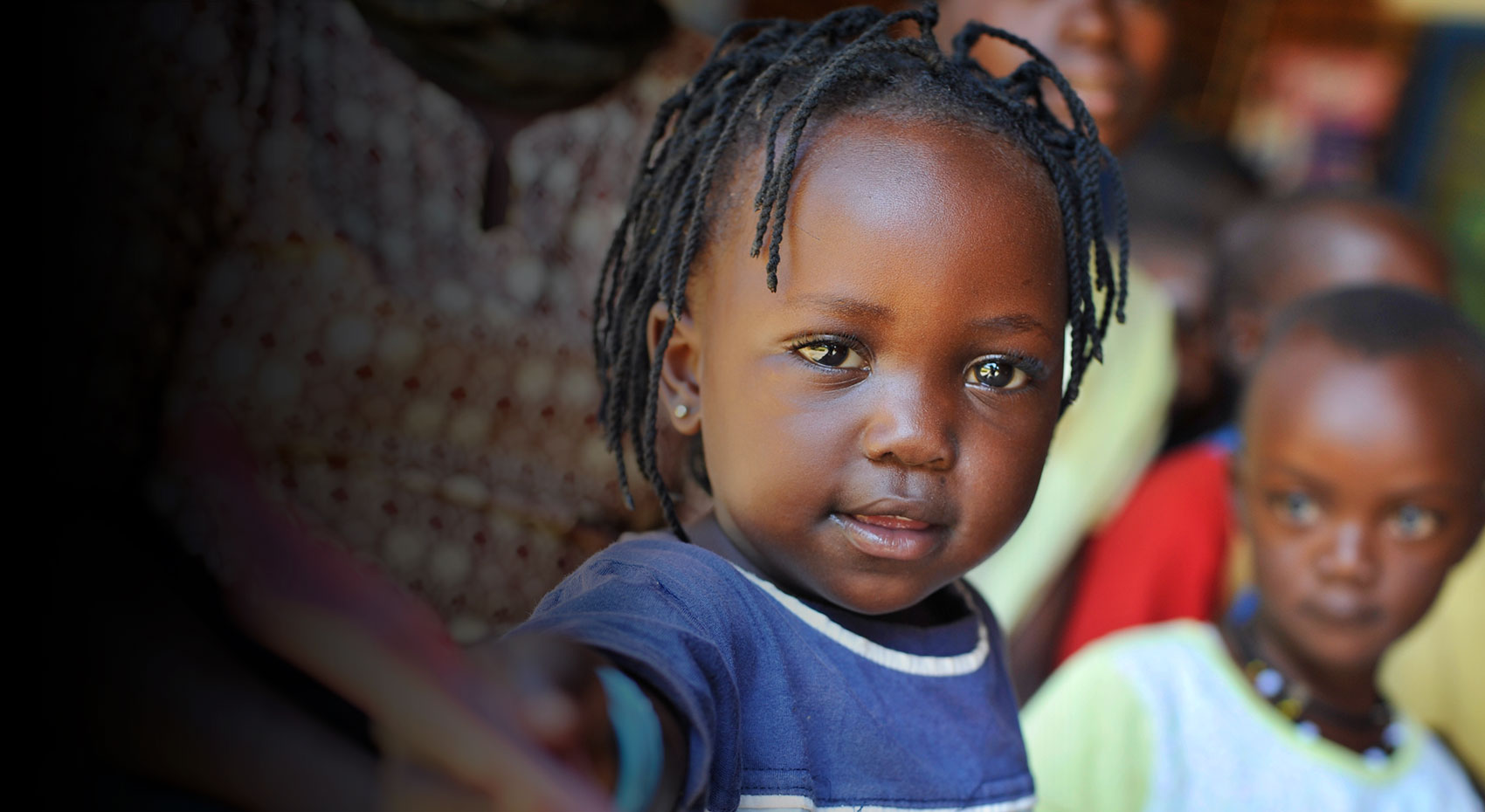
Back to
About our Alliance
Gavi, the Vaccine Alliance helps vaccinate almost half the world’s children against deadly and debilitating infectious diseases
Back to
About our Alliance
By improving access to new and under-used vaccines for millions of the most vulnerable children, the Vaccine Alliance is transforming the lives of individuals, helping to boost the economies of lower-income countries and making the world safer for everyone.
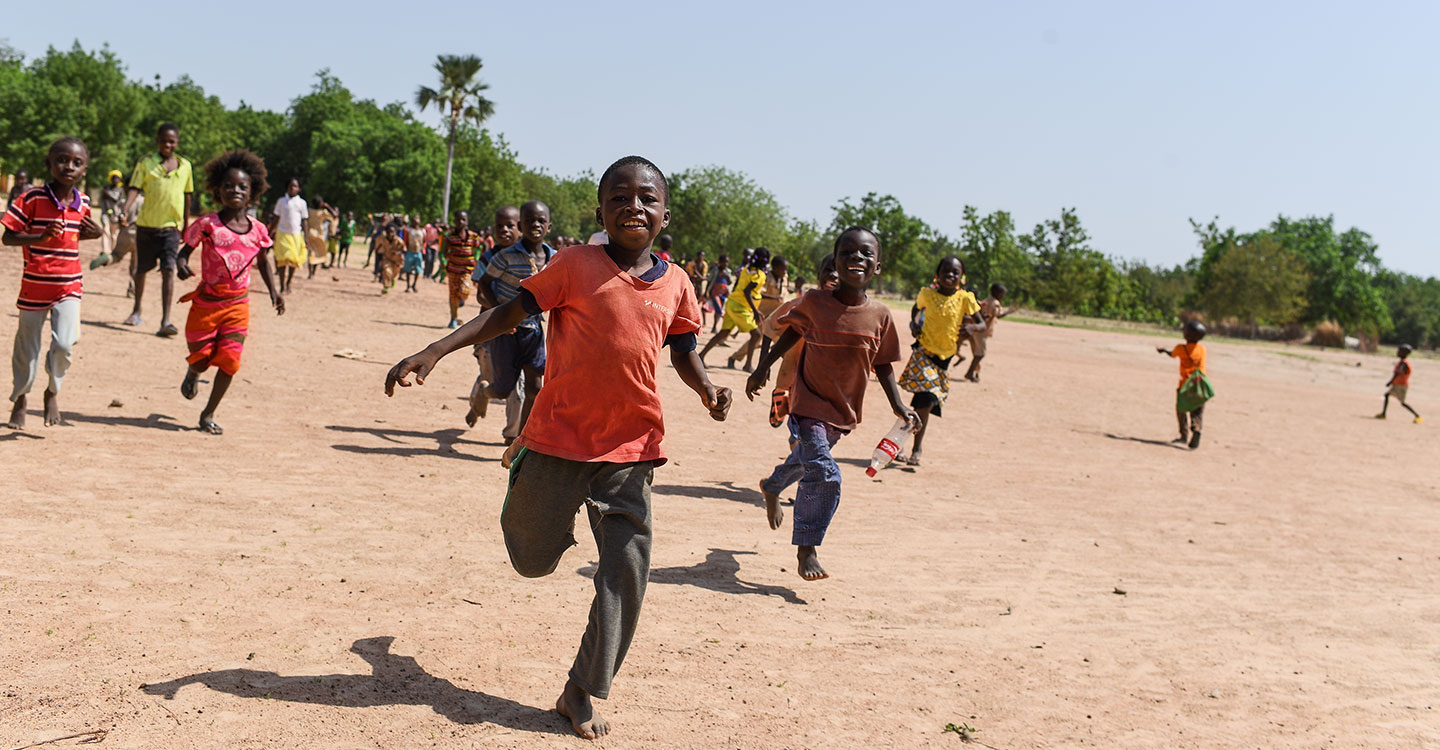
By improving access to new and under-used vaccines for millions of the most vulnerable children, the Vaccine Alliance is transforming the lives of individuals, helping to boost the economies of lower-income countries and making the world safer for everyone.
Gavi’s impact draws on the strengths of its core partners, the World Health Organization, UNICEF, the World Bank and the Bill & Melinda Gates Foundation, and plays a critical role in strengthening primary health care (PHC), bringing us closer to the Sustainable Development Goal (SDG) of Universal Health Coverage (UHC), ensuring that no one is left behind.
Gavi also works with donors, including sovereign governments, private sector foundations and corporate partners; NGOs, advocacy groups, professional and community associations, faith-based organisations and academia; vaccine manufacturers, including those in emerging markets; research and technical health institutes; and implementing country governments.
Gavi's partnership model
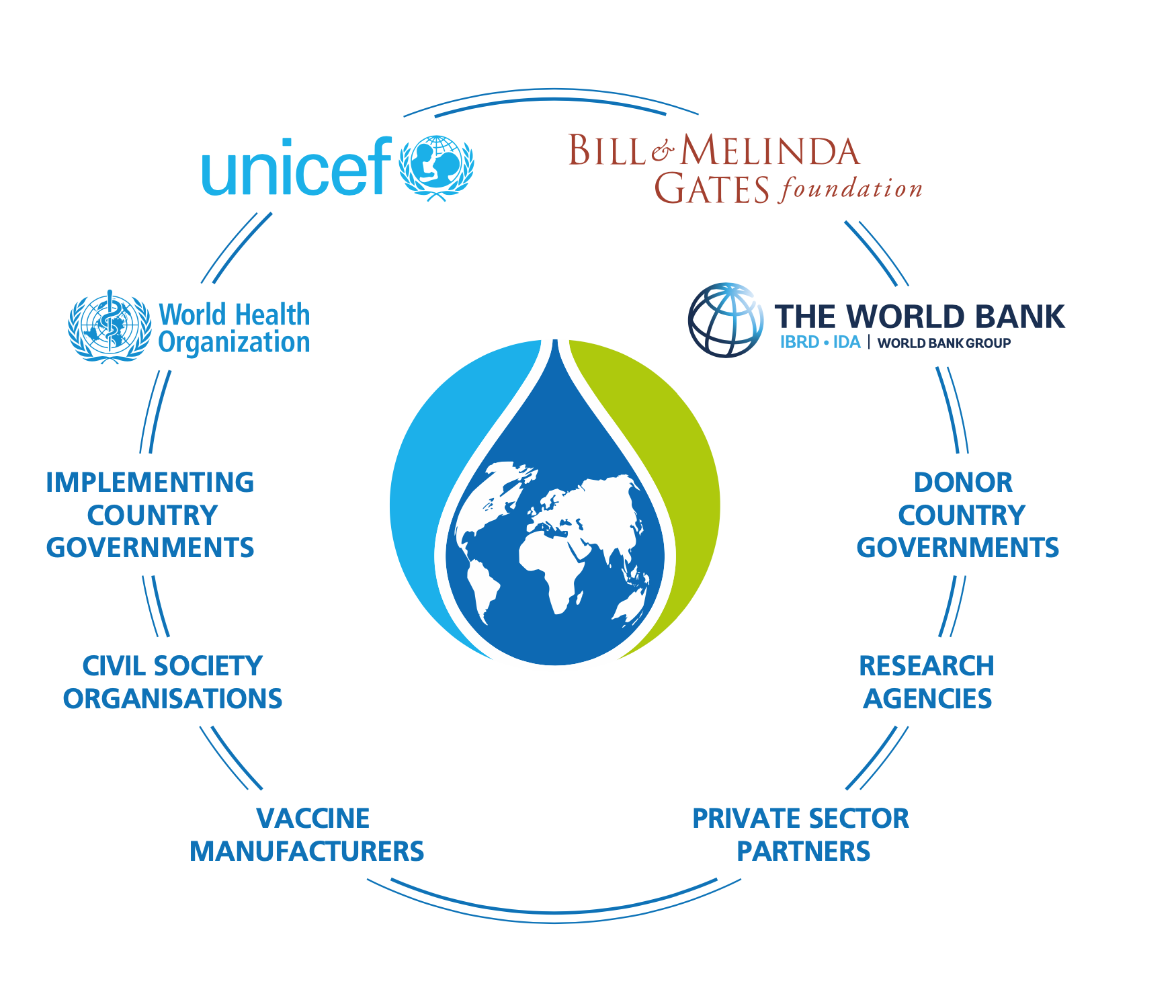
Gavi’s impact draws on the strengths of its core partners, the World Health Organization, UNICEF, the World Bank and the Bill & Melinda Gates Foundation, and plays a critical role in strengthening primary health care (PHC), bringing us closer to the Sustainable Development Goal (SDG) of Universal Health Coverage (UHC), ensuring that no one is left behind.
Gavi also works with donors, including sovereign governments, private sector foundations and corporate partners; NGOs, advocacy groups, professional and community associations, faith-based organisations and academia; vaccine manufacturers, including those in emerging markets; research and technical health institutes; and implementing country governments.
Gavi's partnership model
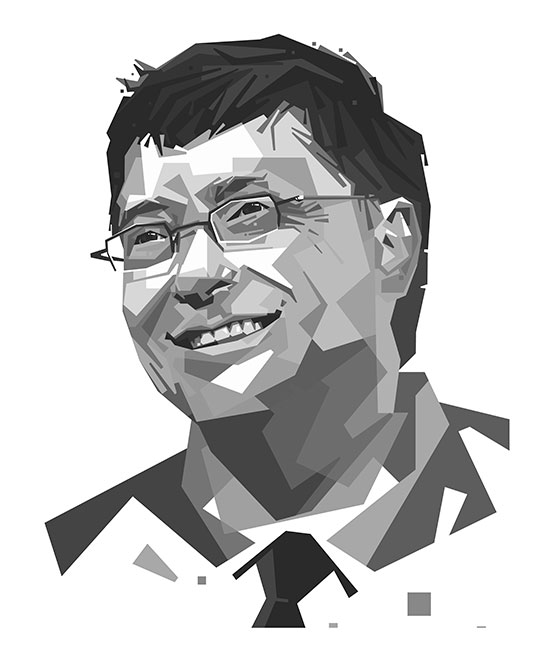
When Melinda and I started this work more than a decade ago, we were inspired by the conviction that “all lives have equal value.” So one of the first things we invested in was vaccines, which protect all children who receive them, no matter how rich or poor they may be. In short, vaccines work.
By the late 1990s, the progress of international immunisation programmes was stalling. Nearly 30 million children in developing countries were not fully immunised against deadly diseases, and many others went without any immunisation at all.
At the heart of the challenge was an acute market failure; powerful new vaccines were becoming available, but lower-income countries simply could not afford most vaccines.
In response, the Bill & Melinda Gates Foundation and a group of founding partners brought to life an elegant solution to encourage manufacturers to lower vaccine prices for the poorest countries in return for long-term, high-volume and predictable demand from those countries.
In 2000, that breakthrough idea became the Global Alliance for Vaccines and Immunisation – today Gavi, the Vaccine Alliance.
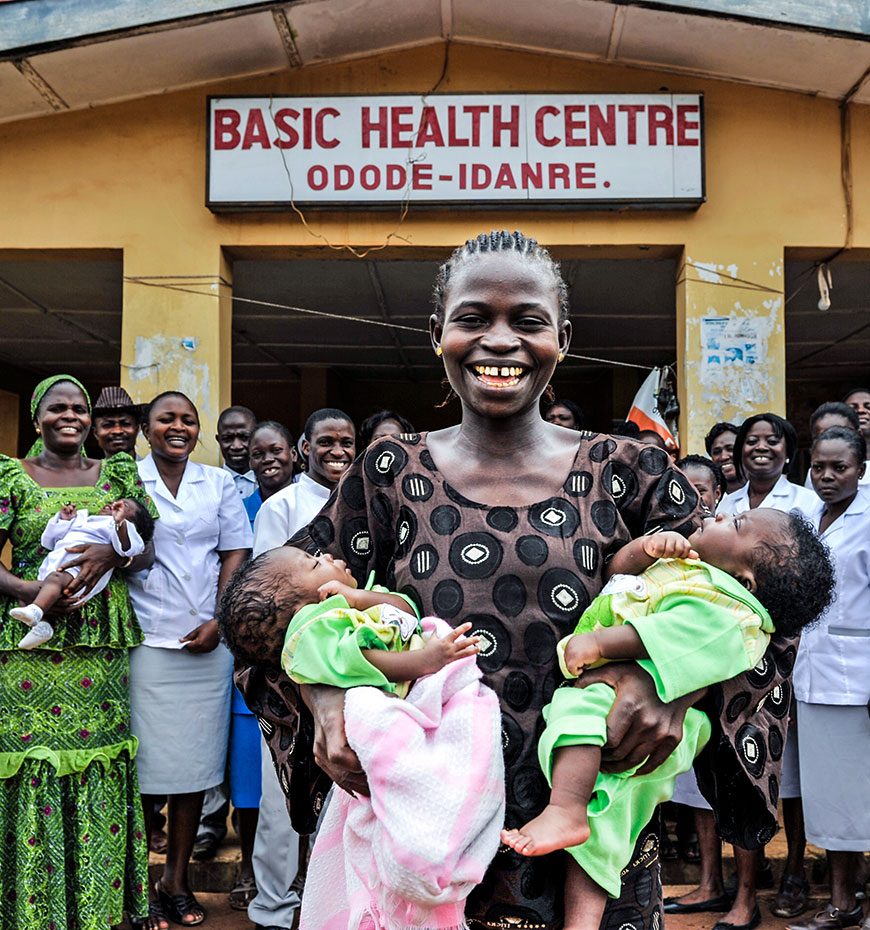
By the late 1990s, the progress of international immunisation programmes was stalling. Nearly 30 million children in developing countries were not fully immunised against deadly diseases, and many others went without any immunisation at all.
At the heart of the challenge was an acute market failure; powerful new vaccines were becoming available, but lower-income countries simply could not afford most vaccines.
In response, the Bill & Melinda Gates Foundation and a group of founding partners brought to life an elegant solution to encourage manufacturers to lower vaccine prices for the poorest countries in return for long-term, high-volume and predictable demand from those countries.
In 2000, that breakthrough idea became the Global Alliance for Vaccines and Immunisation – today Gavi, the Vaccine Alliance.
Gavi now vaccinates almost half of the world’s children, giving it tremendous power to negotiate vaccines at prices that are affordable for the poorest countries and to remove the commercial risks that previously kept manufacturers from serving them.
Because of these market shaping efforts, the cost of fully immunising a child with all 11 WHO-recommended childhood vaccines now costs about US$ 28 in Gavi-supported countries, compared with approximately US$ 1,200 in the United States of America. At the same time, the pool of manufacturers producing prequalified Gavi-supported vaccines has grown from 5 in 2001 to 18 in 2020 (with more than half based in Africa, Asia and Latin America).
Gavi shares the cost that implementing countries pay for vaccines, which has resulted in more than 521 vaccine introductions and campaigns, dramatically boosting immunisation against virulent diseases. For example, 3% of low-income countries had introduced nationally Haemophilus influenzae type b (Hib) vaccine that protects against diseases like pneumonia and meningitis. Today, Gavi has enabled all low-income countries to introduce this vaccine in their national programmes. Progress on the third dose of Hib vaccine coverage, as well as with pneumococcal conjugate vaccine (PCV), has been so successful that the coverage rate in Gavi-supported countries is now higher than the global average coverage rate, for the second year in a row. By the end of 2019, 16 countries had transitioned out of Gavi support and are fully financing all vaccine programmes introduced with Gavi support.